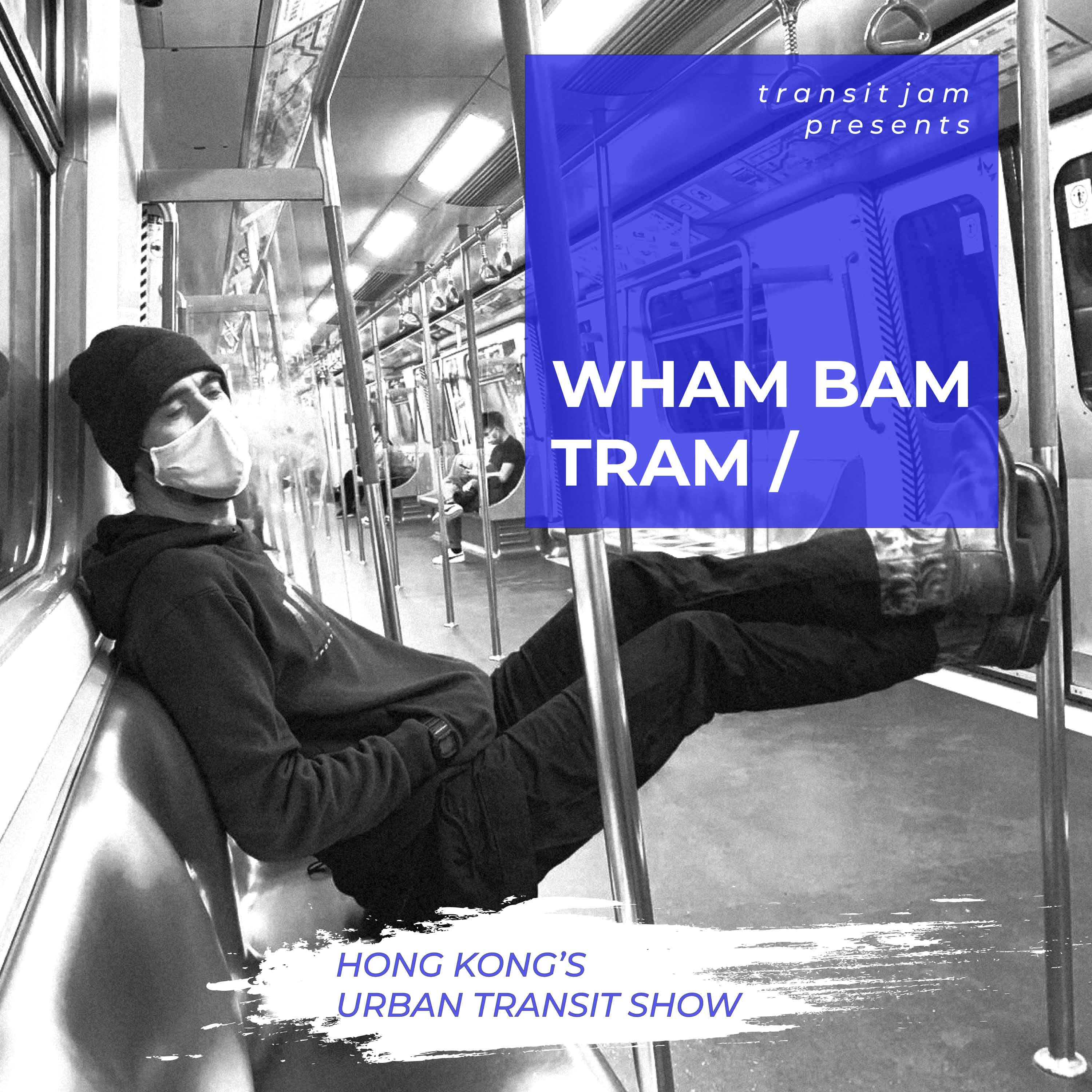
People see more scooters blocking pavements than actually exist, according to transport scientists (Photo: Skip)
The scourge of scooters and shared bikes blocking pavements may be mostly in the mind, finds new US research into actual access impediments. In fact, across five American cities studied, it’s overwhelmingly cars and trucks that block and obstruct, with micromobility registering only nano transgression rates.

University of Oregon’s Anne Brown led the study which found cars break parking rules at a much higher rate than scooters and bikes
This is the first time micromobility has been studied against the dominant mode of transport, motor vehicles, say transport scientists, led by University of Oregon’s Professor Anne Brown, and including scooter firm Lime’s Policy Research Manager Calvin Thigpen. The results, across five cities from Santa Monica to Washington DC, reveal that the micros are not the bad guys.
“We find little evidence to support the dismal picture often painted by media of micromobility parking compliance,” say the researchers.
Scooters and bicycles showed a 0.8% infraction rate, just seven illegally parked or obstructing vehicles among 865 micromobility parking observations.
Motor vehicles, on the other hand, racked up 651 violations across 2,631 observations: in other words, almost 25% of all motor vehicle parking was illegal or obstructing other road users, something researchers say cities need to address.
Invisible cars
The findings, to be published in Transportation Research Interdisciplinary Perspectives (TRIP) later this year, will likely come as a surprise to many: and one reason could be the cognitive bias surrounding new micromobility modes of transport.
People believe there are many more scooters blocking the pavement than actually exist – and Brown says this is likely because scooters are new.
“Cars, because people are so accustomed to them on the streets, are seemingly invisible to people,” she says, which leads to a significant under-recognition of illegal car parking.
“Once one starts paying attention, it’s clear that there are a host of car parking violations occurring frequently right before our eyes – parking in traffic lanes, in bike lanes, across sidewalks,” she says.
Brown’s team says there’s no clear winning policy for city management of micromobility, but identifies plenty of ways forward, including building – but not mandating use of – new bike racks and scooter corrals; creating designated micromobility parking zones on pavements; and using micromobility data to prioritise areas of demand.

OurStreets CEO Mark Sussman: a hybrid corral/citizen empowerment approach can reduce street clutter
Mark Sussman, co-founder and CEO of popular reporting app OurStreets, says the app’s own data could suggest a similar parking violation pattern, although less dramatic than that in the TRIP study, he says.

OurStreets makes it easy to report obstructions simply by snapping a vehicle QR code or license plate
OurStreets has already collected over 7,000 user reports of motor vehicles, bikes and scooters blocking roads, cycle lanes and pavements across the US.
The firm has partnered with several micromobility firms, including Washington DC’s Helbiz last week and a San Francisco firm to be announced, to give operators the data they need to tackle illegal parking and obstruction issues. With agreements freshly struck, Sussman says it’s still too early to tell which different regulatory or operator approaches are paying off.
“I tend to like the mobility corral approach,” says Sussman, which he says allows for more flexibility and takes street space away from cars. “These corrals are usually going into ‘daylight space’ between legal parking and stop lights, where cars are often parked illegally, blocking line of sight and causing wide turns,” he says.
Turning a single car parking spot over to bicycle parking can accommodate 10 bikes, according to CycleHoop.
Sussman says the corral approach, coupled with a civic engagement compliance platform like OurStreets, is “more carrot than stick” to operators, and allows dockless mobility to be truly dockless. “By scanning QR codes, reporting an issue is super-fast for OurStreets users, and gives the operator the data it needs both to track the scooter after the report and to determine who improperly parked it to begin with,” he says.
But obviously it’s early days for everyone. Anne Brown says she hopes other cities will replicate their research – and to that end, her team have made all data, code, data collection and training materials available online.
“These methods could also be used to test the efficacy of different policies and infrastructure investments like car-loading zones or additional scooter corrals,” she says, urging others to use the tools on their own streets. “Original data can be very powerful.”





